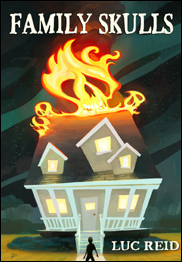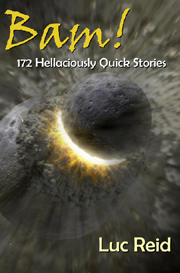
We’ve been having some lively discussion about three-act structure on Codex, a conversation that was spurred by Film Crit Hulk’s post on three-act structure being useless, an allegation I pushed back against in my recent post “Three Act Structure: Essential Framework or Load of Hooey?” (Film Crit hulk posted a rebuttal comment on that post that was worth reading, too.)
Summarizing everything I gleaned from our discussion, I came up with this Q&A which answers all of your questions. (You’re welcome.)
Q: Are there different structures that different people refer to as “three-act structure?”
A: Yes
Q: Are any of these structures useless?
A: Yes
Q: Are any of these structures useful to all writers?
A: No.
Q: Are any of these structures useful to any writers?
A: Yes.
Q: Is the version Film Crit Hulk describes useful?
A: No.
Q: Is the version Luc describes useful?
A: For some people, sometimes.
Q: What, if anything, is three-act structure good for?
A: Story arc, character development, keeping the reader engaged, suspense, and emotional involvement.
Q: What is the standard proportion of act lengths in three-act structure?
A: It varies, but some common ones are 25%-50%-25% and 25%-58%-17%.
Q: Are those proportions necessary?
A: No.
Q: Does three-act structure in any form, or for that matter any structure, fit all stories?
A: No.
Q: How about all good stories?
A: Still no.
Q: Does three-act structure completely describe a plot?
A: No.
Q: Do acts in three-act structure correspond to acts in a play?
A: Not necessarily.
Q: Are there other structures that aren’t three-act structure?
A: Yes.
Q: Are they useful to any writers?
A: Some people seem to like some of them.
Q: Do some writers produce three-act structure without intending to?
A: Yes.
Q: Do all writers?
A: No.
Q: Can a story use a viable version of three-act structure and still suck?
A: Yes.
Photo by ~jjjohn~


